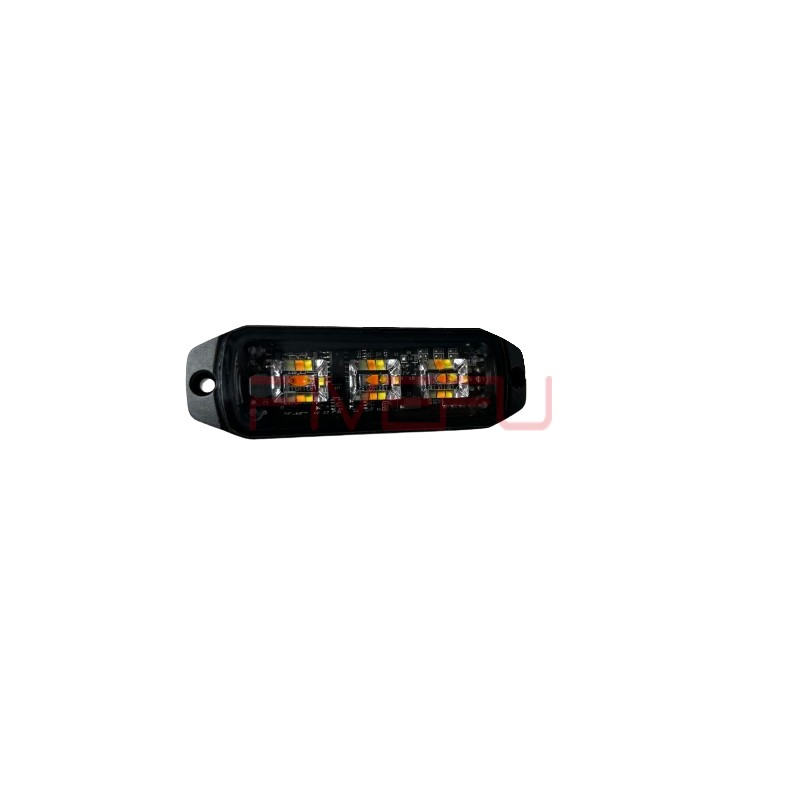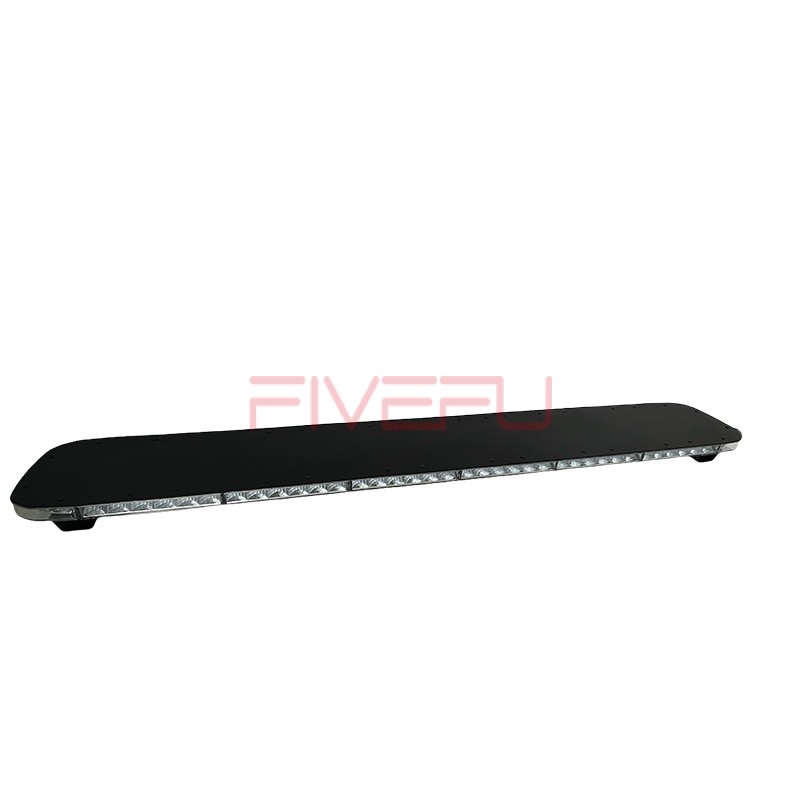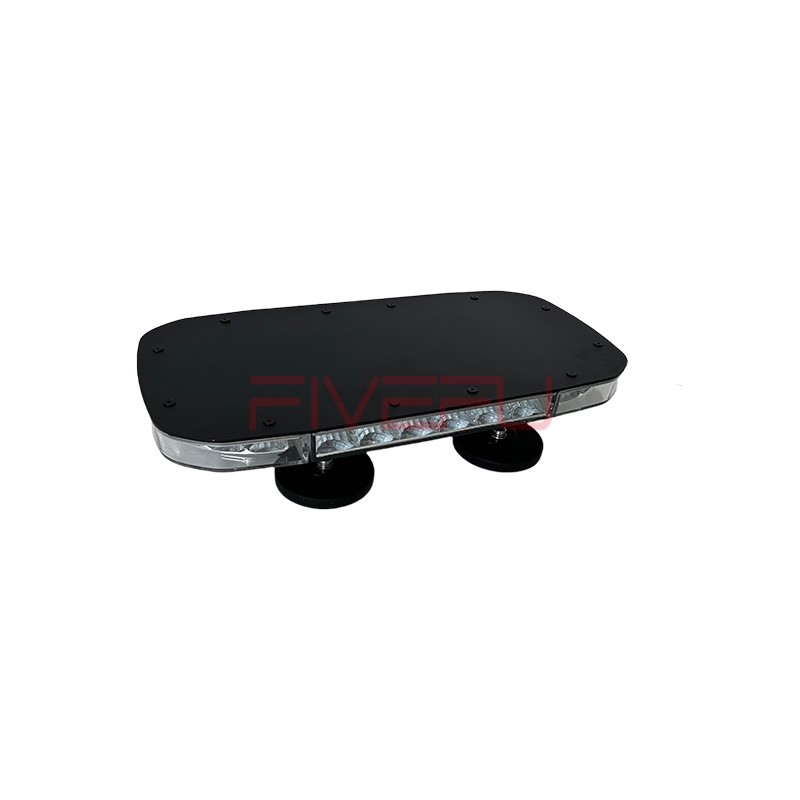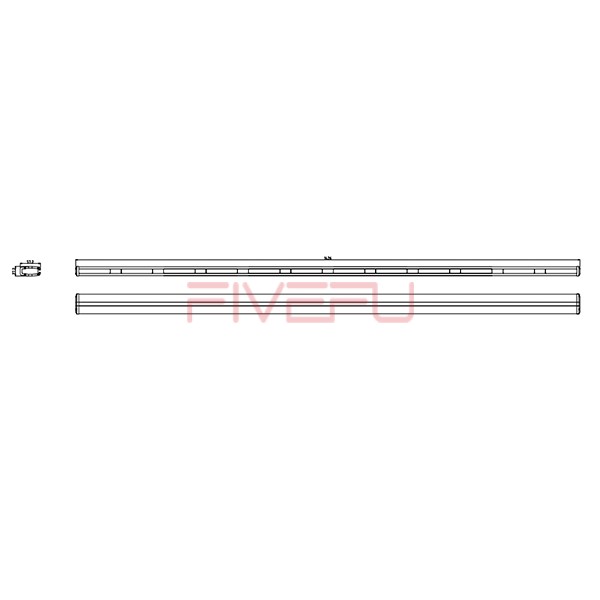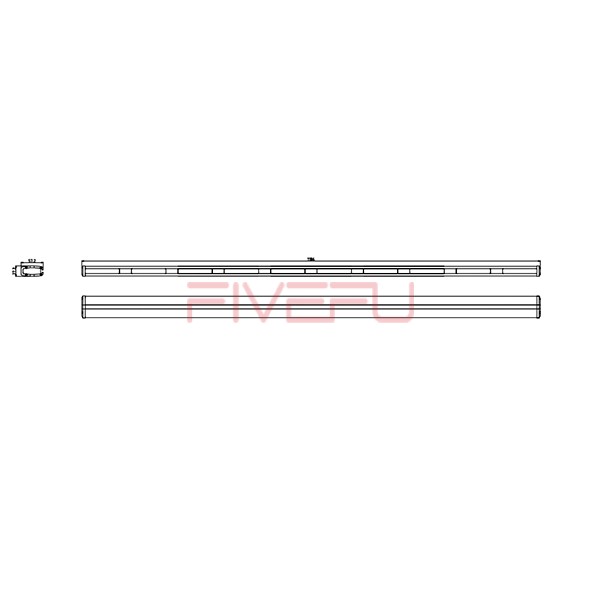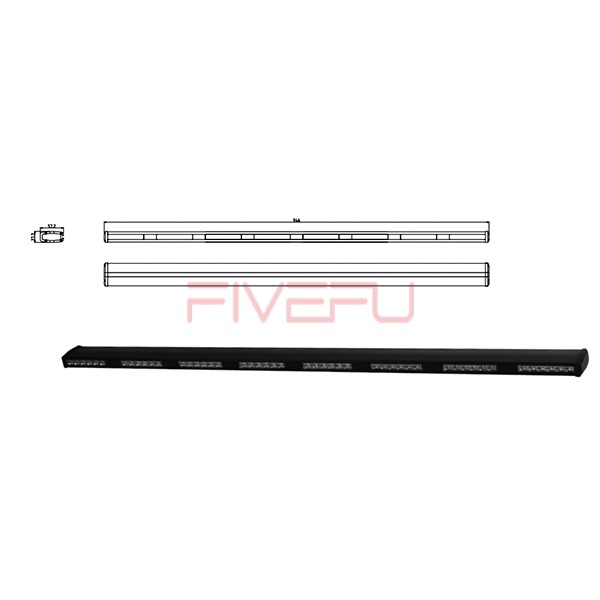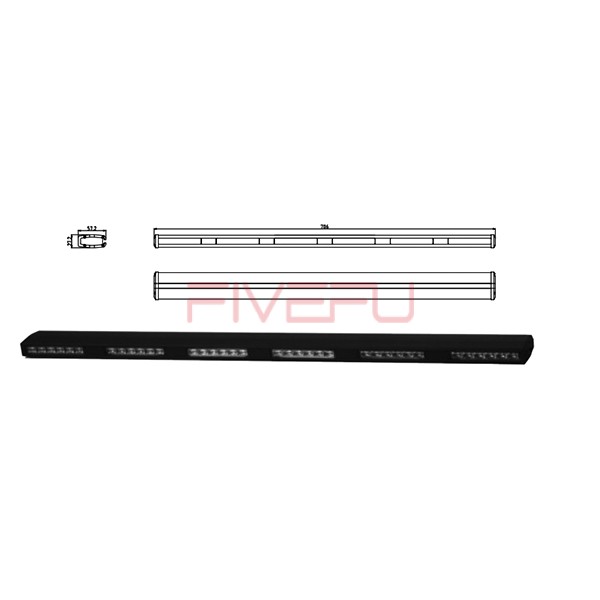Old light sockets may not support modern LED bulbs, leading to poor performance, flickering, or electrical failures. Using incompatible LEDs can result in safety hazards, inefficient lighting, and additional costs. To ensure proper functionality, it’s crucial to check socket compatibility before installation.
Yes, LED bulbs can be used in older light sockets, provided they match the socket type, voltage, and wattage ratings. An adapter or rewiring may be necessary for compatibility.
Before switching to LED bulbs, understanding the technical requirements of older sockets is essential to avoid performance issues.
1. Checking Socket Type and Size
Ensure the LED bulb matches the socket base type (E26, E27, GU10, etc.) for a secure fit and proper electrical contact.
2. Voltage and Wattage Compatibility
Older sockets may have voltage limitations. Verify that the LED bulb operates within the required voltage range to prevent damage.
3. Using Adapters for Compatibility
In some cases, an adapter or converter may be needed to fit LED bulbs into older sockets, ensuring safe and efficient operation.
4. Rewiring for LED Compatibility
If the fixture has outdated wiring, a simple rewiring or a new driver installation may be required for proper LED performance.
5. Testing Before Full Replacement
Before replacing all bulbs, test one LED bulb to confirm it functions correctly in the existing socket without flickering or failures.
Conclusion
LED bulbs can work in older light sockets with proper voltage matching and adapters. Check compatibility to ensure safe and efficient lighting.
